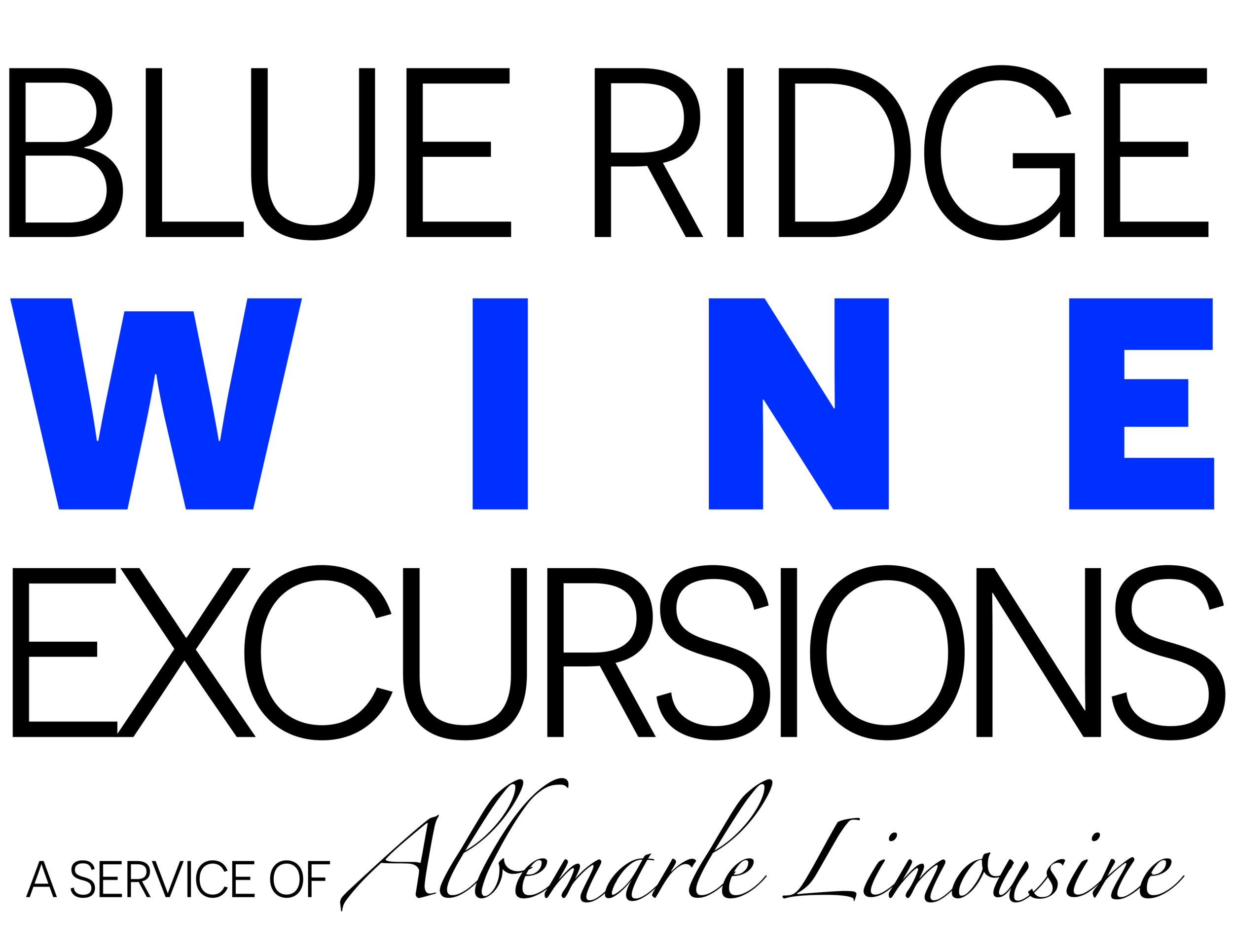Jefferson Vineyards, Charlottesville Best Wine Tours
Jefferson Vineyards, Charlottesville Winery Tour
Jefferson Vineyards
FULFILLING JEFFERSON'S DREAM
It has been over two hundred and fifty years since Jefferson walked the property that is home to Jefferson Vineyards today. The winery bears his name and produces wines from vines planted on his former land. Even though Jefferson Vineyards has no current official link to the Sage of Monticello, the winery’s history is intertwined with his legacy as America’s first distinguished wine enthusiast.
The vineyard is located on six hundred acres of beautiful, rolling hills beneath the ridges that rise to the doorsteps of Monticello and Ash Lawn. The land was surveyed by the early settlers of Colonial America, and the winery continues to respect and embrace their place in this heritage.
In 1773, Philip Mazzei sailed to Virginia from London, where he had been a distinguished wine seller. He was a Florentine Renaissance Man, experienced as a merchant, surgeon, and horticulturist who, through business dealing (likely wine sales) had befriended the American polymath Thomas Jefferson. Jefferson, eager to have a kindred intellectual and wine enthusiast nearby, deeded one hundred ninety three acres just south east of Monticello to Mazzei. Among Mazzei’s first acts as a Virginia landowner was naming the property Colle, French for “hill,” and planting vinifera grape vines. Like Jefferson, he never saw his dream of producing a Virginia wine come to fruition. Soon after he established the Colle vineyard, Jefferson and Madison persuaded Mazzei to aid the American Revolution, and he left his young estate in 1778 to seek foreign investments for his adopted country. Upon his return in 1783 he found the grounds and vines ruined by the war. Dejected by the failure of his vineyard and dissatisfied with the post-Revolutionary political climate, Mazzei left Virginia in 1785. Although the Colle estate later expanded to over eight hundred acres of sprawling hills and stayed in the family through the turn of the century, Mazzei never returned.
The estate passed through various hands and uses over the next 150 years, at times supporting herds of livestock or rows of fruit trees. In 1939 Stanley Woodward purchased the property, and it has stayed with his family since. As the Virginia wine industry began to blossom the Woodwards hoped to re-establish grapes on the land and accomplish what its previous owners had not—making fine Virginia wine. In the late 1970s Gabriele Rausse helped plant the vines in one of his first post- Barboursville ventures. Often called the “father of the Virginia wine industry,” Rausse went on to establish many of the wineries located in the Monticello AVA. Within a few years Jefferson Vineyard had their first vintage and a thriving business.
Two hundred years prior, Philip Mazzei had believed that Virginia's soil and climate were better suited than any other for the production of wine. Jefferson Vineyards was among the first group of wineries to prove that, despite earlier failings, Virginia could produce outstanding wines from native and European vines. Today, Jefferson is known for its Reserve Chardonnay, Cabernet Franc, and Meritage. As fitting tributes to their heritage, their prized wines bear the signature of the estate’s first owner.
When visiting Jefferson Vineyards, the unassuming connection to history surrounds you. A Virginia historical marker about Colle stands at the vineyard’s entrance and visitors are offered a historical tour by one of the seasoned staff. An old, faded green farmhouse with a wrap-around porch functions as the office, giving a sense of old-fashioned country hospitality to the vineyard.
The tasting room has the appearance of a converted row barn, which fits in with the other grange buildings and history of farming on the estate. Owner Stanley Woodward’s painting of Don Juan, the patron rooster of the property, adorns a wall in the tasting room along with the bottles of Vin Rouge. Don Juan III or perhaps even Don Juan IV now presides over the vineyard.
Jefferson is a beautiful and historically significant spot in the heart of the Monticello AVA, and was among the early wineries to re-establish Virginia as a premier wine-producing region. Through their vineyard and wines they remind us of Virginia’s history as the first grape-growing state in America, one of Thomas Jefferson’s dearest desires.
